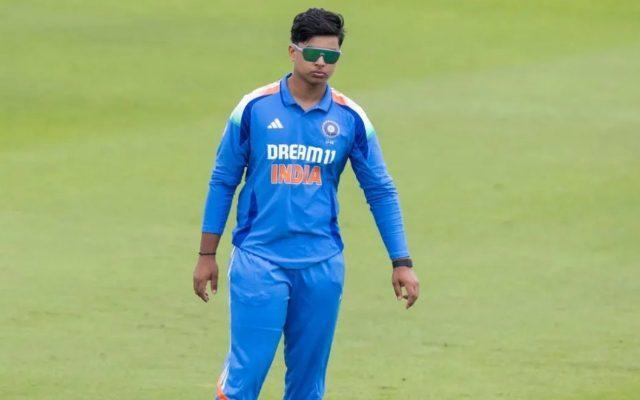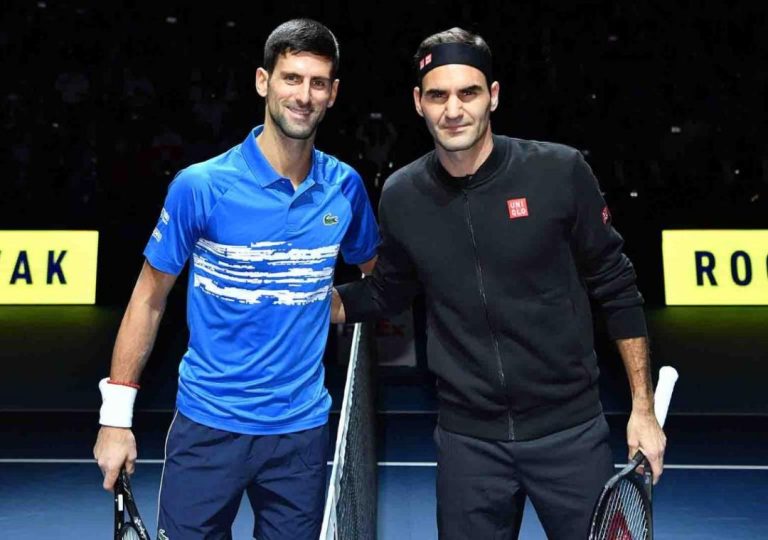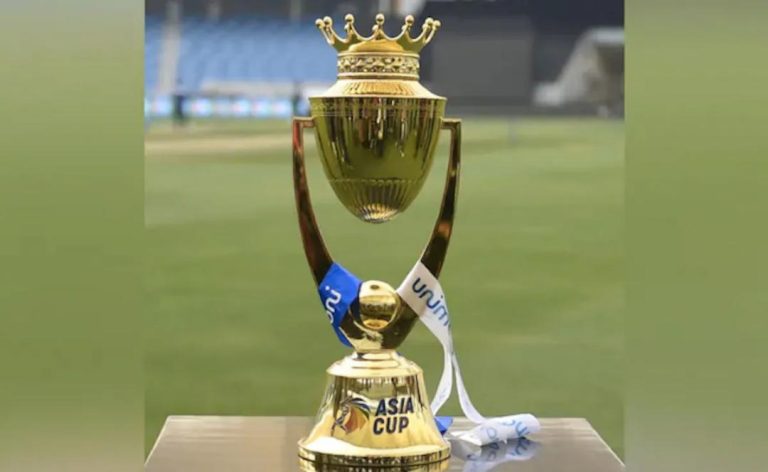
Ravindra Jadeja Compares Captaincy in T20 & Test Format
Ravindra Jadeja, the Indian cricketer, has been a key player for the Indian team, both as a bowler and a fielder. Recently, he spoke to his teammate R Ashwin about the challenges he faces as a captain in different formats of the game. In the conversation, Jadeja shed light on the differences between leading a team in Test and T20I formats.
In Test cricket, Jadeja emphasized the importance of reading the game and making adjustments accordingly. “In Test cricket, you have to change two-three fielders as per the need of the bowler,” he said. This indicates that a captain in Test cricket needs to have a deep understanding of the game and be able to adapt quickly to the changing circumstances. Jadeja also highlighted that captaincy in Test cricket is “simple, but calculative.” This suggests that while the decisions may not be overly complex, they still require a great deal of thought and strategy.
In contrast, Jadeja described T20 cricket as “every ball is an event.” This statement highlights the fast-paced and high-pressure nature of T20 cricket. In this format, every ball is crucial, and a captain needs to be able to make quick decisions and adapt to the changing situation rapidly. Jadeja also emphasized that captaincy in T20Is is “complicated” and requires a different set of skills and strategies compared to Test cricket.
Jadeja’s comments highlight the unique challenges of captaining a team in different formats of the game. While Test cricket requires a deep understanding of the game and the ability to make calculated decisions, T20 cricket demands quick thinking and the ability to adapt to changing circumstances.
In T20Is, a captain needs to be able to read the opposition’s strengths and weaknesses quickly and make tactical decisions accordingly. This may involve selecting the right bowlers, setting the right fields, and making strategic changes during the game. A T20 captain also needs to be able to manage the team’s resources effectively, ensuring that each player is used to maximum effect.
In contrast, Test cricket is a longer and more strategic format, where a captain needs to be able to set a strong foundation and build on it over the course of the game. This may involve making careful decisions about when to declare, when to set attacking fields, and when to rotate the bowlers. A Test captain also needs to be able to manage the team’s resources over a longer period, ensuring that each player is used effectively and that the opposition is put under pressure.
Jadeja’s comments also highlight the importance of experience in captaincy. As a seasoned player, Jadeja has had the opportunity to learn from his mistakes and develop his skills as a captain. His ability to adapt to different formats and situations is a testament to his experience and maturity as a cricketer.
In conclusion, Jadeja’s comments offer valuable insights into the challenges of captaining a team in different formats of the game. While Test cricket requires a deep understanding of the game and calculated decision-making, T20 cricket demands quick thinking and adaptability. A captain needs to be able to read the game and make adjustments accordingly, whether in Test cricket or T20Is.
As Jadeja himself said, “Captaincy in Test cricket is different. It’s simple, but calculative. It’s not complicated like IPL or T20Is. In T20s, every ball is an event.” These comments highlight the unique challenges and opportunities of captaining a team in different formats of the game, and the importance of experience and adaptability in achieving success.






